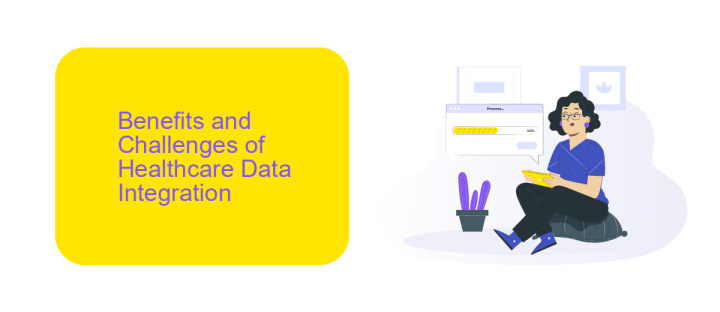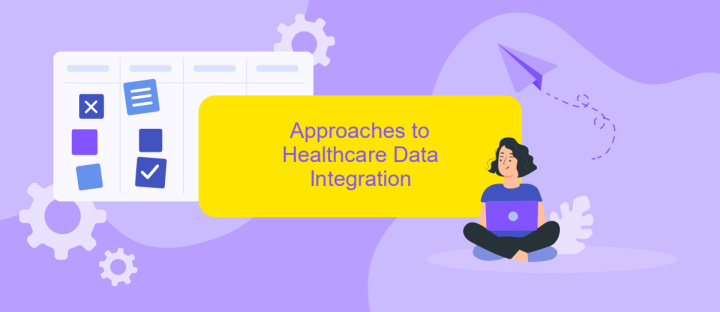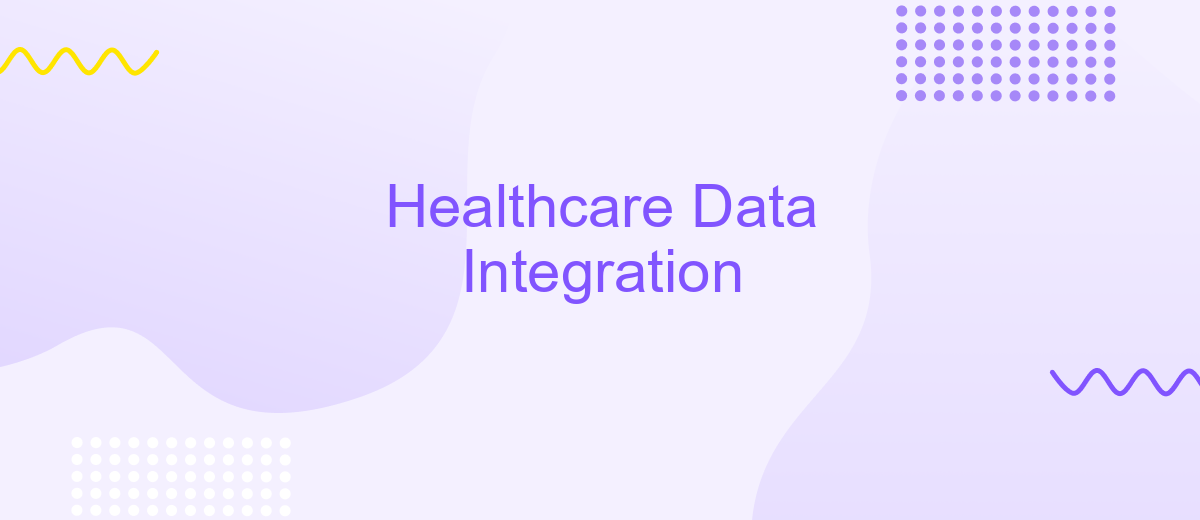Healthcare Data Integration
In today's rapidly evolving healthcare landscape, the integration of healthcare data has become crucial for improving patient outcomes and operational efficiency. By seamlessly combining data from various sources—such as electronic health records, lab results, and wearable devices—healthcare providers can gain comprehensive insights, enabling more accurate diagnoses, personalized treatments, and enhanced patient care. This article explores the significance, challenges, and future prospects of healthcare data integration.
Introduction
Healthcare data integration is a critical component in modern healthcare systems, facilitating seamless communication and data exchange between various healthcare providers and systems. This integration enhances patient care, reduces errors, and ensures that healthcare providers have access to comprehensive patient information when needed.
- Improved patient outcomes through comprehensive data access
- Enhanced efficiency by reducing redundant data entry
- Better coordination among healthcare providers
- Increased data accuracy and reliability
One of the services that significantly aids in healthcare data integration is ApiX-Drive. This platform provides a user-friendly interface for connecting various applications and automating data workflows without the need for coding. By leveraging ApiX-Drive, healthcare organizations can streamline their data integration processes, ensuring that critical patient information is always up-to-date and readily accessible, ultimately leading to improved patient care and operational efficiency.
Benefits and Challenges of Healthcare Data Integration

Healthcare data integration offers numerous benefits, including improved patient care, enhanced operational efficiency, and better decision-making. By consolidating data from various sources, healthcare providers can access a comprehensive view of a patient's medical history, leading to more accurate diagnoses and personalized treatment plans. Additionally, integrated data systems streamline administrative tasks, reducing redundancy and saving time for healthcare professionals. Services like ApiX-Drive facilitate seamless data integration, allowing healthcare organizations to connect disparate systems effortlessly.
Despite the advantages, healthcare data integration also presents several challenges. Data privacy and security are paramount concerns, as sensitive patient information must be protected from breaches. Ensuring interoperability between different systems can be complex, requiring significant investment in technology and staff training. Furthermore, maintaining data accuracy and consistency across integrated platforms is essential to avoid errors. Overcoming these challenges necessitates a strategic approach, leveraging tools like ApiX-Drive to ensure reliable and efficient data integration while adhering to strict regulatory standards.
Approaches to Healthcare Data Integration

Healthcare data integration is essential for ensuring seamless communication and data exchange between various healthcare systems. Multiple approaches can be employed to achieve effective integration, each with its unique advantages and challenges.
- Application Programming Interfaces (APIs): APIs allow different healthcare applications to communicate with each other by providing a standard set of protocols and tools.
- Health Information Exchange (HIE): HIE facilitates the transfer of health-related information among organizations according to nationally recognized standards.
- Middleware Solutions: Middleware acts as a bridge between different systems, enabling them to work together without requiring changes to the underlying applications.
- Data Warehousing: This approach involves collecting data from various sources into a central repository, where it can be analyzed and accessed as needed.
- Integration Platforms: Tools like ApiX-Drive simplify the integration process by providing pre-built connectors and automation capabilities, reducing the need for extensive coding.
Each approach has its own set of benefits and limitations, and the choice of method depends on the specific needs and existing infrastructure of the healthcare organization. By leveraging these integration techniques, healthcare providers can ensure more efficient data management, improved patient care, and enhanced operational efficiency.
Case Studies of Successful Healthcare Data Integrations

Successful healthcare data integrations have transformed the way medical institutions operate, enhancing patient care and operational efficiency. One notable example is the integration of electronic health records (EHR) across multiple healthcare providers. This allows for seamless sharing of patient information, reducing the risk of errors and improving treatment outcomes.
Another illustrative case is the integration of telemedicine platforms with hospital management systems. During the COVID-19 pandemic, this integration enabled healthcare providers to deliver remote consultations effectively, ensuring continuous patient care while minimizing exposure risks.
- Seamless EHR integration across multiple providers
- Telemedicine platforms integrated with hospital systems
- Real-time data sharing between labs and clinics
- Integration of wearable health devices with patient records
Services like ApiX-Drive have played a crucial role in these successful integrations by offering automated data transfer solutions. ApiX-Drive enables healthcare organizations to connect various systems effortlessly, ensuring that critical data flows smoothly between platforms, thereby enhancing overall healthcare delivery.


Future Trends in Healthcare Data Integration
As healthcare data integration continues to evolve, several future trends are poised to significantly impact the industry. One of the most promising trends is the increasing use of artificial intelligence (AI) and machine learning (ML) to enhance data analytics and predictive modeling. These technologies can provide deeper insights into patient care, streamline administrative tasks, and improve clinical decision-making processes. Additionally, the adoption of blockchain technology is expected to enhance data security and interoperability, ensuring that patient information is both accessible and protected across different healthcare systems.
Another key trend is the growing importance of API-driven integration platforms like ApiX-Drive. These platforms simplify the process of connecting disparate healthcare systems, enabling seamless data exchange and reducing the need for manual data entry. By leveraging such services, healthcare providers can achieve more efficient workflows and better patient outcomes. Moreover, the integration of Internet of Things (IoT) devices in healthcare settings is set to provide real-time data monitoring, further enhancing patient care and operational efficiency. As these technologies continue to advance, the future of healthcare data integration looks increasingly interconnected and intelligent.
FAQ
What is healthcare data integration?
Why is healthcare data integration important?
What challenges are associated with healthcare data integration?
How can healthcare organizations ensure data security during integration?
What tools or services can assist with healthcare data integration?
Strive to take your business to the next level, achieve your goals faster and more efficiently? Apix-Drive is your reliable assistant for these tasks. An online service and application connector will help you automate key business processes and get rid of the routine. You and your employees will free up time for important core tasks. Try Apix-Drive features for free to see the effectiveness of the online connector for yourself.

